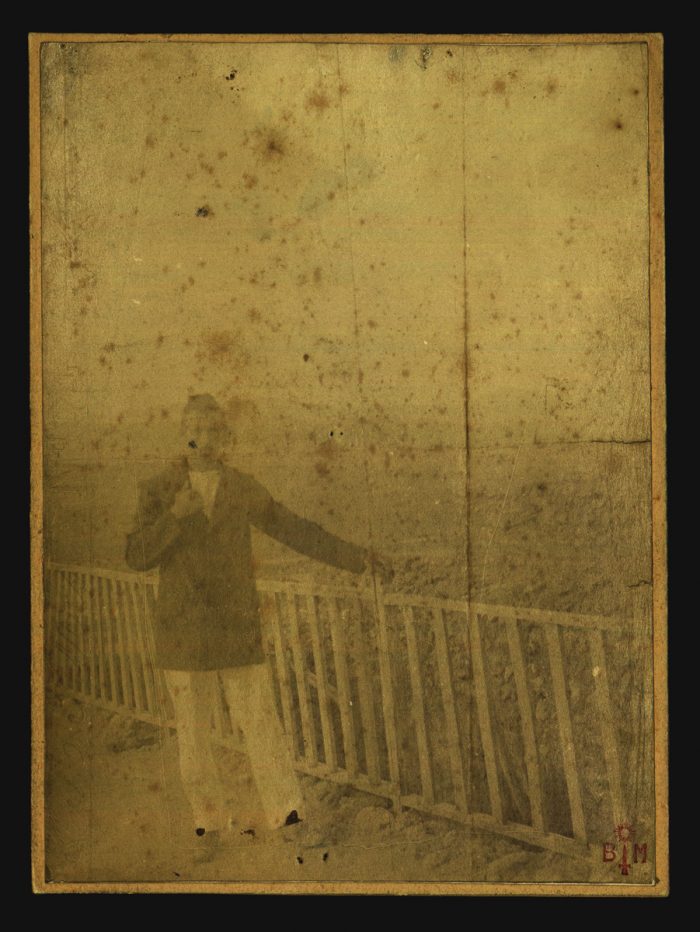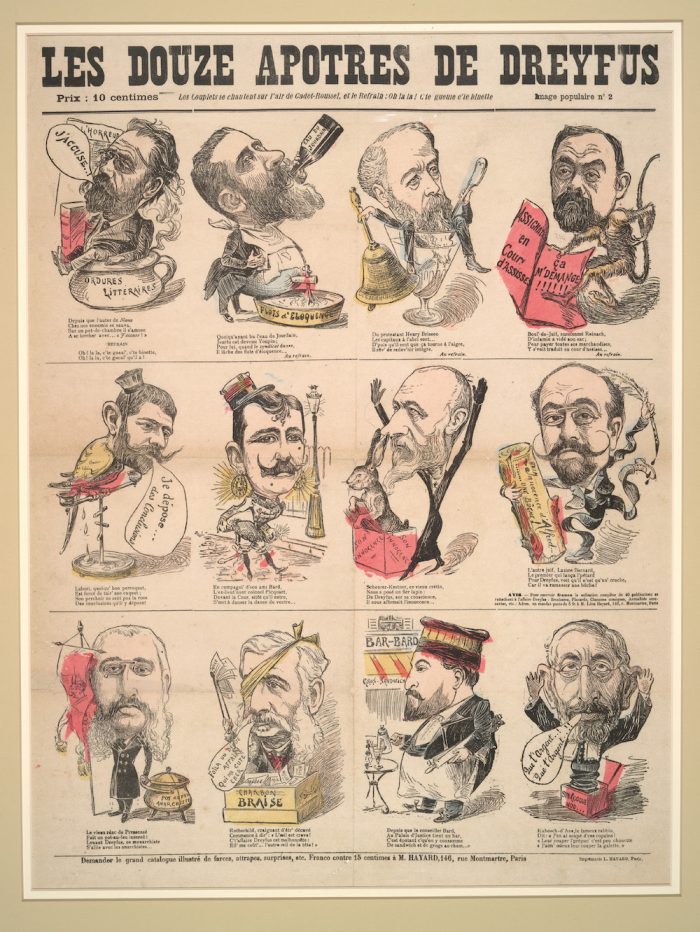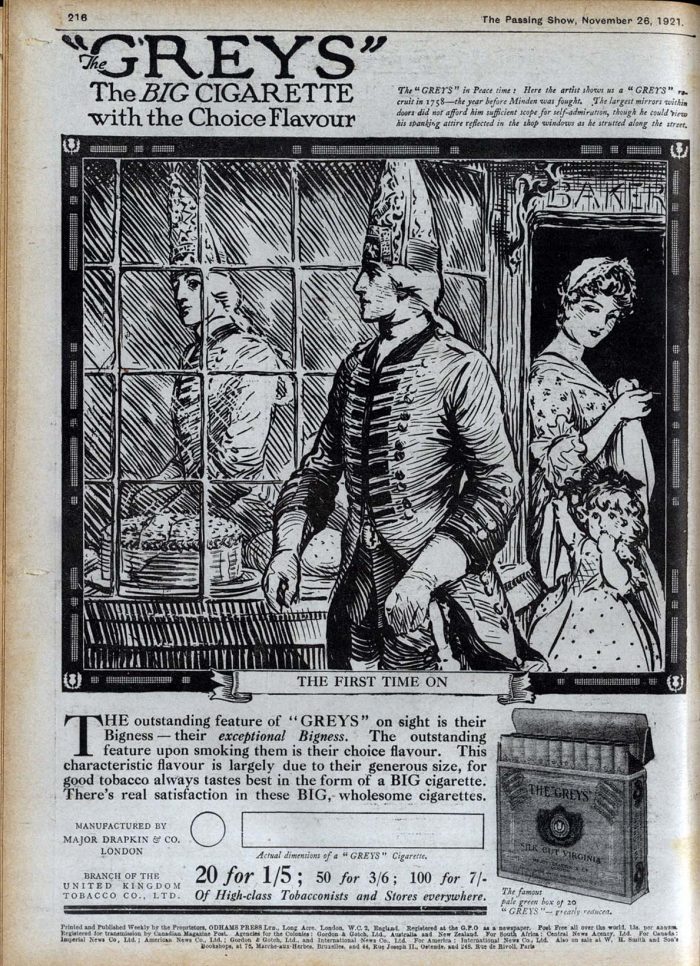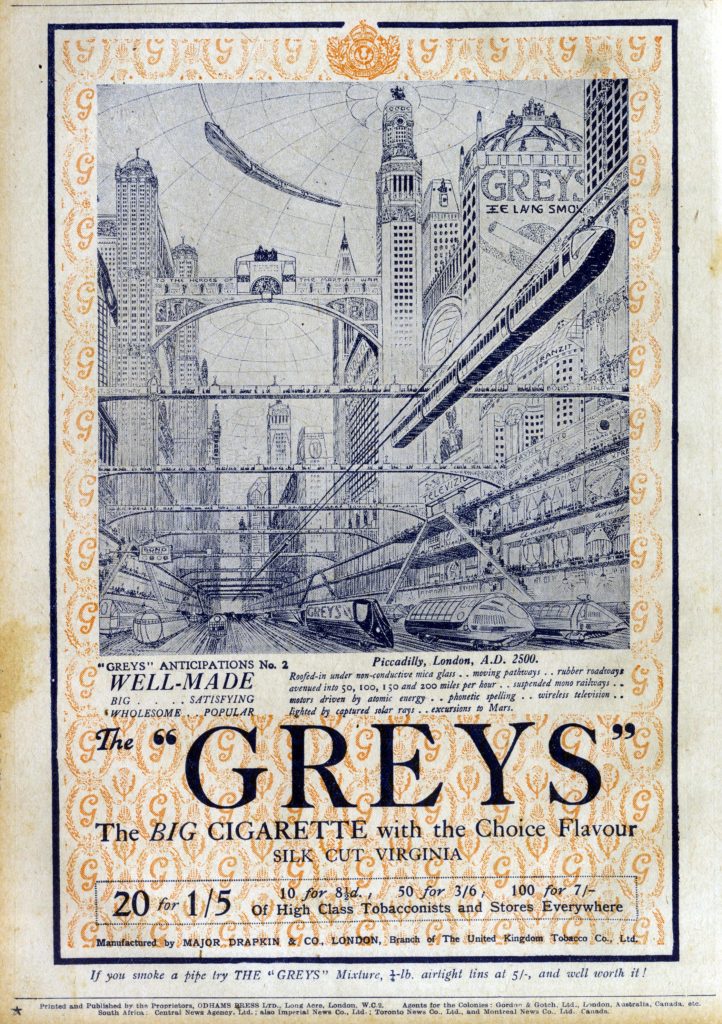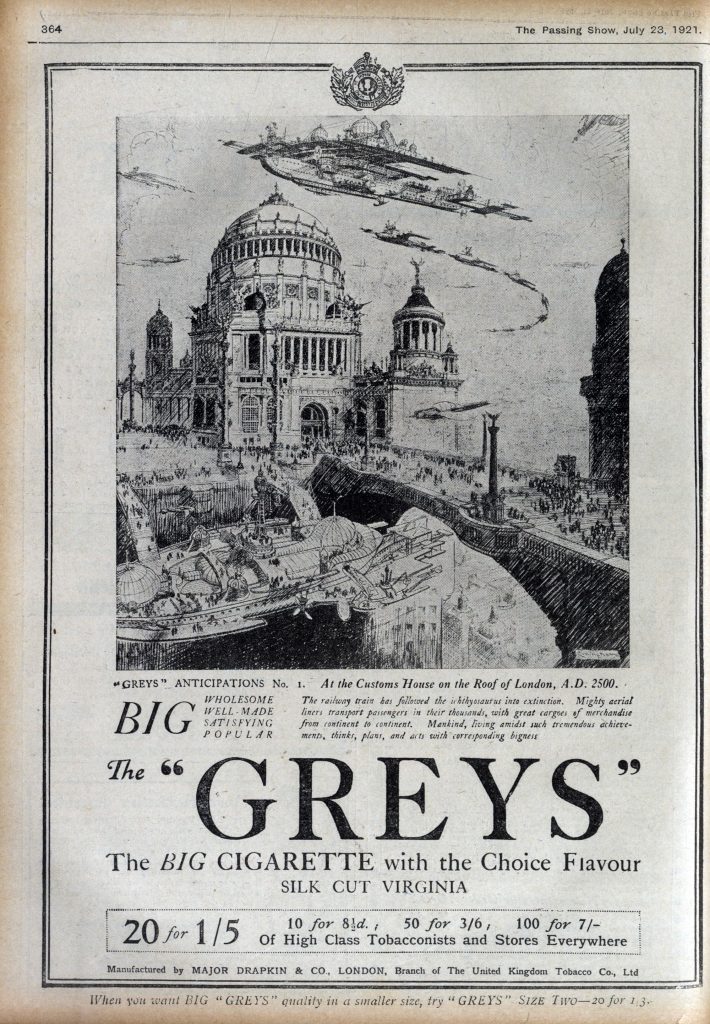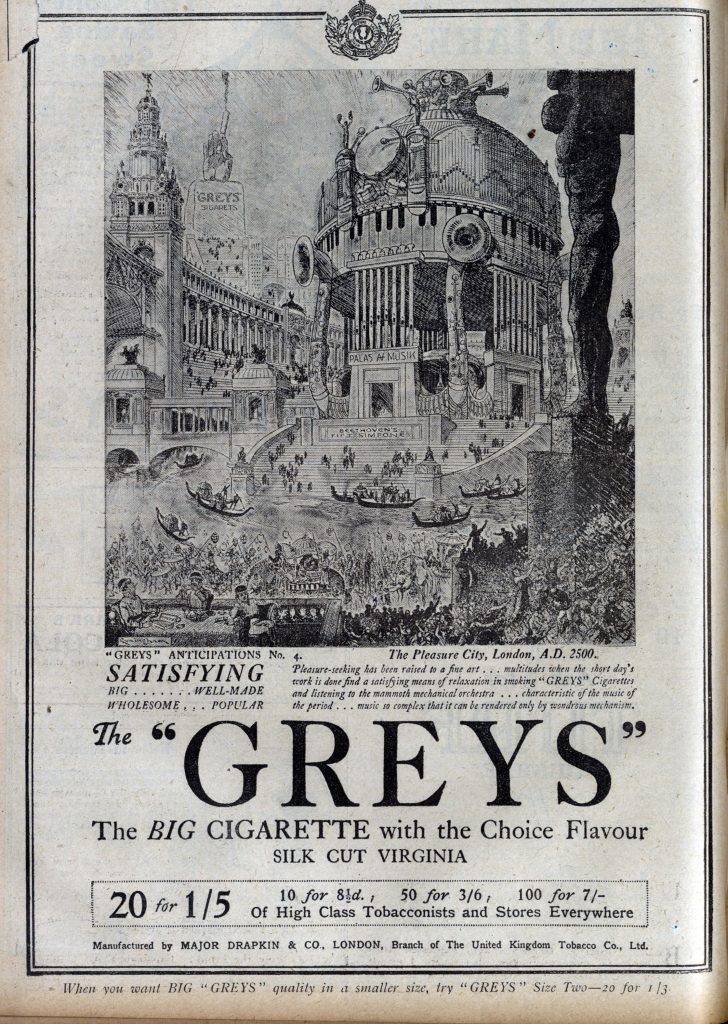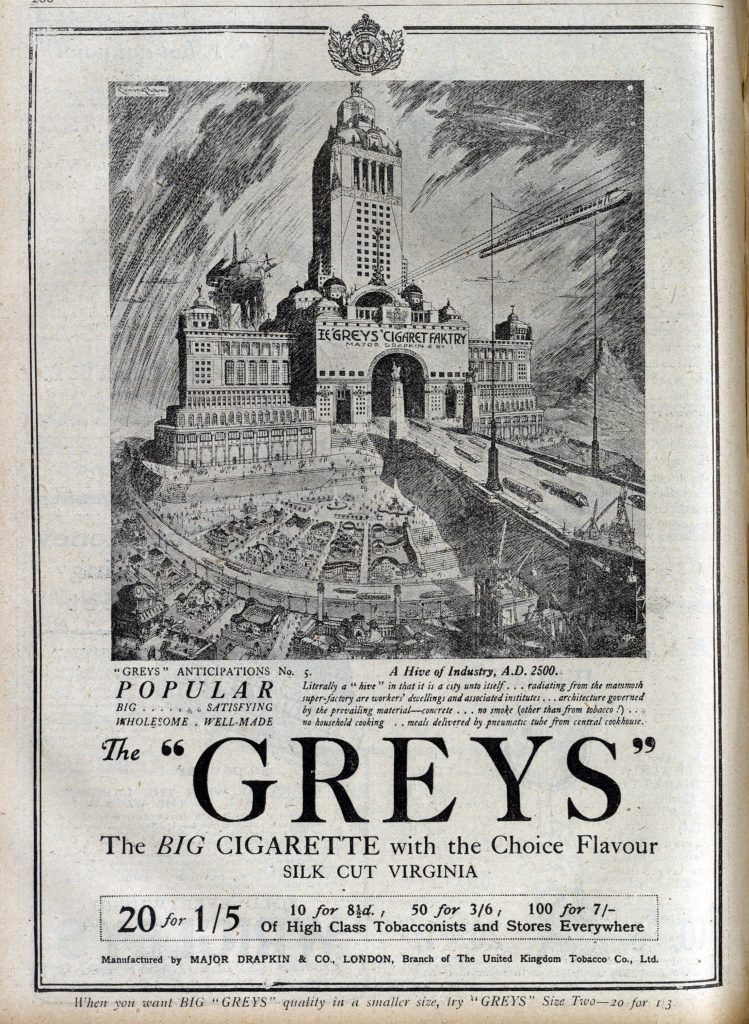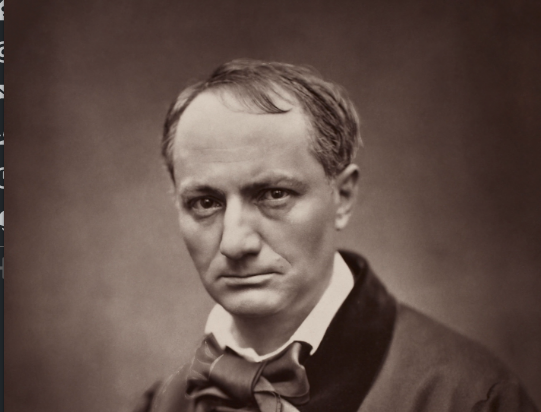Media vita in morte sumus, goes the medieval line of poetry that lent the English Book of Common Prayer its most memorable expression: “In the midst of life we are in death.” The remainder of the poem extrapolates a theology from this observation, something one can only take on faith. But whatever way we dress up the mystery of death, it remains ever-present and inevitable. Yet we might think of the motto as a palindrome: In the midst of death, we are in life. The dead remain with us, for as long as we live and remember them. This is also a mystery.
Even theoretical physicists must confront the presence of the departed, and few scientists—few writers—have done so with as much poignancy, directness, eloquence, and humor as Richard Feynman, in a letter to his wife Arline written over a year after she died of tuberculosis at age 25. Feynman, himself only 28 years old at the time, sealed the letter, written in 1946, until his own death in 1988. “Please excuse my not mailing this,” he wrote with bitter humor in the postscript, “but I don’t know your new address.” Even in the midst of his profound grief, Feynman’s wit sparkles. It is not a performance for us, his posthumous readers. It is simply the way he had always written—in letter after letter—to Arline.
In the video above, Oscar Isaac, who has embodied many a wisecracking romantic, gives voice to the longing and pain of Feynman’s letter, in which the physicist confesses, “I thought there was no sense to writing.” Somehow, he could not help but do so, ending with starkly ambivalent truths he was unable to reconcile with what he colloquially calls his “realistic” nature: “You only are left to me. You are real.… I love my wife. My wife is dead.” Read the full letter below, via Letters of Note. For more from their Letters Live series, see Benedict Cumberbatch read Kurt Vonnegut’s letter to the school that banned his novel Slaughterhouse Five.
October 17, 1946
D’Arline,
I adore you, sweetheart.
I know how much you like to hear that — but I don’t only write it because you like it — I write it because it makes me warm all over inside to write it to you.
It is such a terribly long time since I last wrote to you — almost two years but I know you’ll excuse me because you understand how I am, stubborn and realistic; and I thought there was no sense to writing.
But now I know my darling wife that it is right to do what I have delayed in doing, and that I have done so much in the past. I want to tell you I love you. I want to love you. I always will love you.
I find it hard to understand in my mind what it means to love you after you are dead — but I still want to comfort and take care of you — and I want you to love me and care for me. I want to have problems to discuss with you — I want to do little projects with you. I never thought until just now that we can do that. What should we do. We started to learn to make clothes together — or learn Chinese — or getting a movie projector. Can’t I do something now? No. I am alone without you and you were the “idea-woman” and general instigator of all our wild adventures.
When you were sick you worried because you could not give me something that you wanted to and thought I needed. You needn’t have worried. Just as I told you then there was no real need because I loved you in so many ways so much. And now it is clearly even more true — you can give me nothing now yet I love you so that you stand in my way of loving anyone else — but I want you to stand there. You, dead, are so much better than anyone else alive.
I know you will assure me that I am foolish and that you want me to have full happiness and don’t want to be in my way. I’ll bet you are surprised that I don’t even have a girlfriend (except you, sweetheart) after two years. But you can’t help it, darling, nor can I — I don’t understand it, for I have met many girls and very nice ones and I don’t want to remain alone — but in two or three meetings they all seem ashes.
You only are left to me. You are real.
My darling wife, I do adore you.
I love my wife. My wife is dead.
Rich.
PS Please excuse my not mailing this — but I don’t know your new address
Related Content:
Richard Feynman Creates a Simple Method for Telling Science From Pseudoscience (1966)

